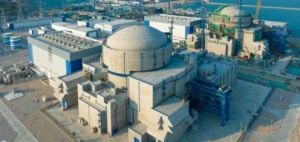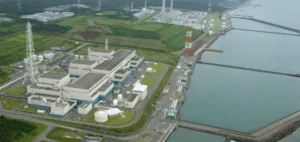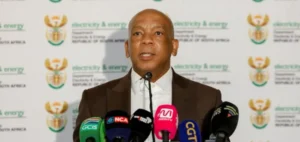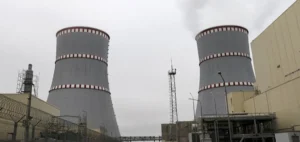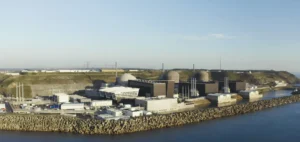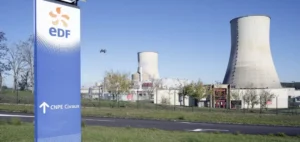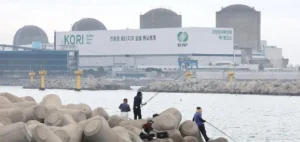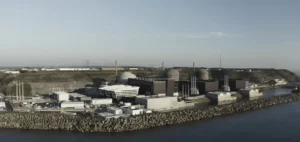TerraPower has announced the awarding of three contracts as part of the fifth procurement round for its Natrium project. The Natrium nuclear demonstration plant, planned near a coal-fired power station nearing permanent shutdown in the Kemmerer region of Wyoming, is initially designed to produce 345 megawatts electric (MWe) through a sodium-cooled fast reactor, using High-Assay Low-Enriched Uranium (HALEU) fuel.
Three companies selected
The first contract involves AVANTech LLC, an American firm tasked with designing advanced sodium processing modules and related support equipment for the Natrium plant. The second contract has been awarded to Structural Integrity Associates, responsible for designing and manufacturing the Sodium Cover Gas Gamma Spectroscopy Analysis system intended for radiation monitoring. Finally, PAR Systems will manufacture a specialised used fuel handling system called the Pool Handling Machine, enabling the safe transport of used fuel assemblies into storage pools for inspection and maintenance.
These new contracts follow previous procurement rounds for the project, for which TerraPower has already secured all long-lead equipment items, as well as the complete reactor enclosure system for the Natrium reactor. Additionally, the company was the first in the United States to submit, in March 2024, an application for a construction permit to the US Nuclear Regulatory Commission (NRC) for a commercial advanced nuclear reactor.
Accelerated regulatory milestones
The NRC recently indicated it expects to complete the review of TerraPower’s application by the end of 2025, ahead of the original schedule that set the deadline in August 2026. Furthermore, TerraPower officially initiated initial non-nuclear construction works on its Wyoming site in June 2024 during a groundbreaking ceremony.
These developments follow a significant fundraising effort completed last month. Among the investors participating in this USD650 million capital raise are NVentures, NVIDIA’s venture capital subsidiary, TerraPower founder Bill Gates, and South Korean industrial conglomerate HD Hyundai.
Securing a domestic supply chain
Chris Levesque, President and Chief Executive Officer of TerraPower, stated that “a resilient and diversified domestic supply chain is essential to completing our Natrium plant and bringing the first commercial-scale advanced reactor online in the United States.” According to him, each contract award illustrates the company’s commitment to delivering reliable and competitive advanced nuclear energy.







